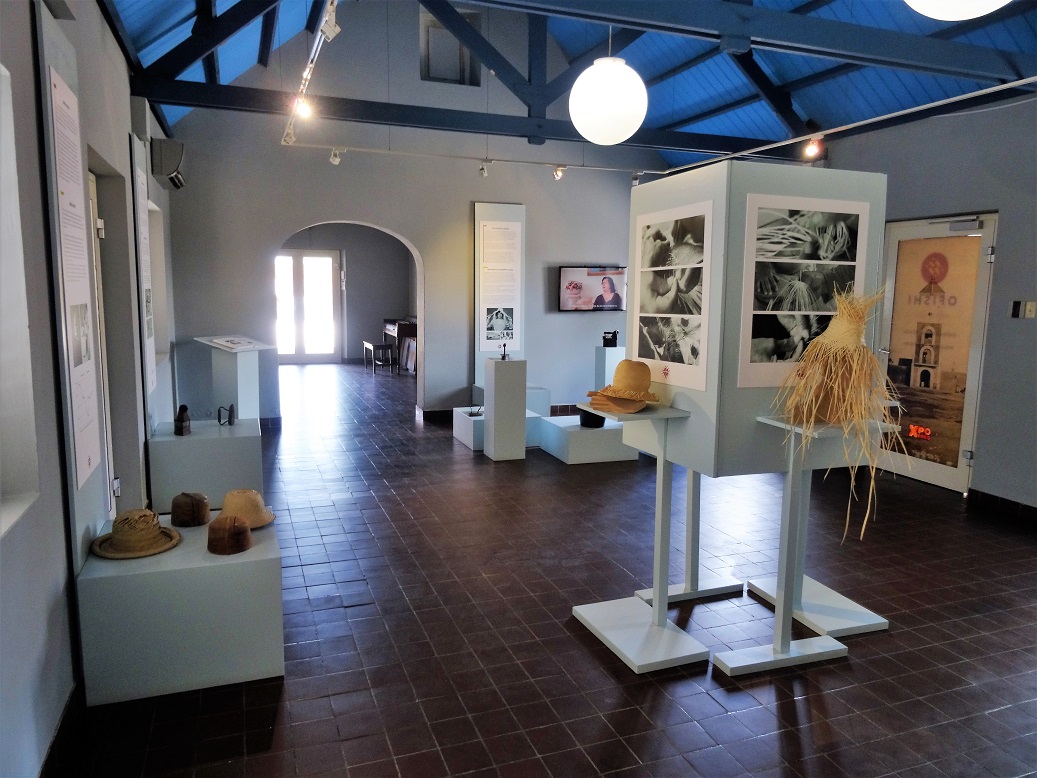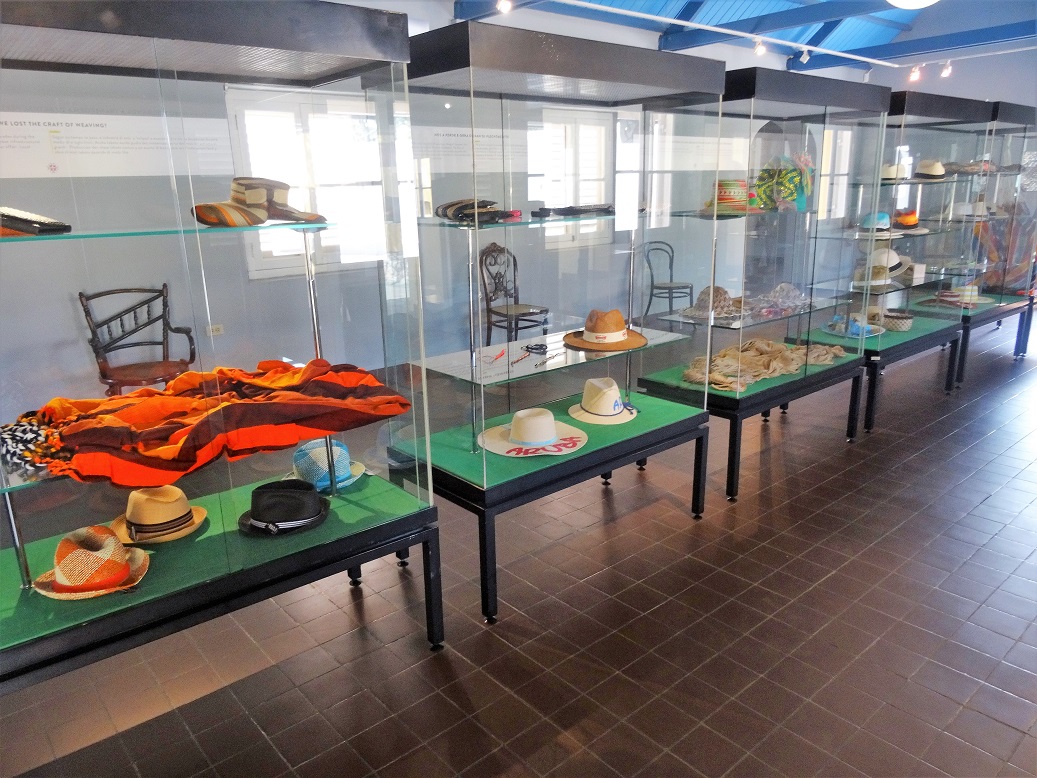


|
|
|
|||||||||||||||
|
|
||||||||||||||||
|
|
||||||||
|
|
Aruba † Oranjestad † Fort Zoutman †
† Situated in the Caribbean, eighteen miles north of the Venezuelan coast, Aruba is an island twenty miles long by six miles wide at its widest point. Its earliest inhabitants were Arawak Indians. In 1499, the island was claimed by the Spanish and, during Spainís rule, it became a major centre for piracy. In 1636, the island was captured by the Dutch, who turned it into a base for the Dutch West India Company.
† Fort Zoutman was built by the Dutch in 1798 and was originally a military fortification, constructed of masonry, to provide protection against pirates. The fort is named after Dutch Admiral Johan Arnold Zoutman. Although he never actually stepped ashore in Aruba, he did ward off an attack on the island by the English in 1799. During the Napoleonic Wars (1799-1815), Aruba briefly came under British rule but was returned to the Dutch by England in 1816.
† Later, in 1868, the Willem III Tower was constructed. It served as a lighthouse until 1963 when the light was removed and it was converted into a clock/bell tower. Three storeys in height, it also served as an entrance to the fort, having an archway leading into the complex.
† During its history, the fort has also served as a post office, a tax office, a library, a courtroom and, for some time, a police station for the Aruba Police Force.
† While the sea has receded several hundred yards since 1798, the fort was originally located directly on the shoreline and was armed by four canons. In 1826 it underwent renovation due to its poor condition and it was not garrisoned during the period of 1830 to 1834. In 1859, it was occupied by a small colonial constabulary brigade, who constructed prison cells along the eastern wall, these cells being replaced by concrete units in 1936, only to be abandoned shortly after.
† During the period from 1974 to 1980, it underwent a programme of restoration and, on 15 September 1983, it re-opened as the Historical Museum of Aruba. Visitors today are able to visit a number of displays depicting the fortressís history and rooms with items showing the development of Aruba and the life of its people.
† Since it is the oldest building on Aruba and of significant historical interest, Fort Zoutman became a protected monument in 2011.
  †

† |
|
||||||
|
|
||||||||
All Photographs were taken by and are copyright of Ron Gatepain
| Site Map |
